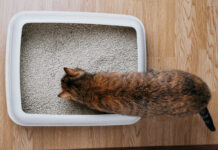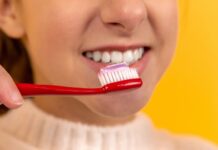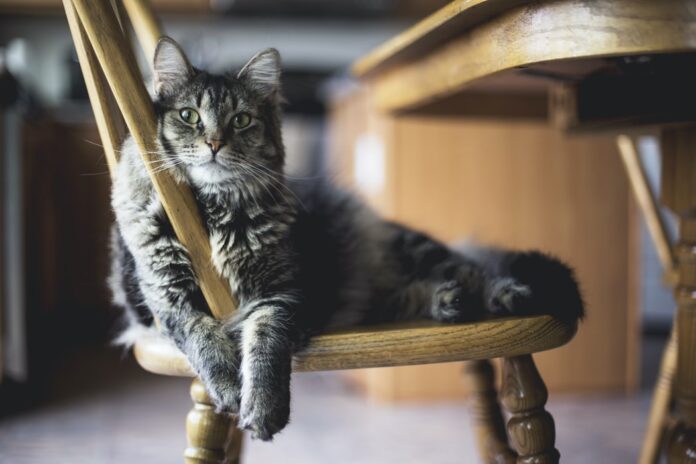
Cats are very persnickety when it comes to personal hygiene. And if they can handle daily face-washing without your help, some other routines might require human interference.
Cat-Cleaning Services
According to the Catademy blog, your kitty needs regular grooming. And aesthetic/cosmetic purposes aren’t the only reasons why. The pet’s health is another important factor.
The better you take care of your tabby, the better it feels and behaves. For instance, coat routine prevents fluff knots and frequent fur-puking. Claw clipping helps the animal avoid damaging paws. (As well as scratching your furniture).
As for bathing, it has a whole caboodle of benefits: from making your kitty look fancier, thanks to a cleaner coat to boosting its immune system.
So, a good feline routine includes three stages: brushing, claw trimming, bathing. Now, let’s see how you can become a cat’s beautician.
Bath Time Overture

The very first step is preparation. You can’t just grab Mr. Plushy Paws and throw it into the bubbly bath. You need to prepare the cat’s emotional state first.
For starters, choose the right time. You must be well-rested and in a good mood. So must be your cat — yelling, forcing, and losing the temper aren’t options at all. Otherwise, the cat’s brain will place grooming in a ‘Negative experience’ folder.
Then, prepare some snacks. Before giving the kitty a few brushes, you must evoke some positive emotions that later will be associated with a comb, claw-clipper, shampoo, and other beauty tools.
Finally, be patient and methodical. The best strategy here is to let your cat get used to the routine step by step. Start with short 5-minute sessions and later add more and more time. (As long as your fluffster feels relaxed).
Brushing

You’ll need the tools. A metal/wooden comb and a rubber brush will do fine. Use no plastic stuff, as it will sting your kitty with static electricity.
Brushing is quite important:
- Blood circulation will get a boost.
- Cat’s epidermis will be protected from irritation.
- You will brush out a good portion of dirt that gets stuck to the fluff.
- It removes little fur knots that can later turn into a painful nightmare.
The procedure frequency and length depend on your cat’s breed, habits, activity, and so forth. For example, American bobtail, Maine Coon, or Persian cat need a more frequent brushing than the shorthaired breeds — at least every 2-3 weeks.
Here’s the algorithm:
- Gently comb the cat from head to tail.
- Apply the rubber brush to get rid of fur ‘leftovers’.
- Do the same to the cat’s paws, belly, breast, and neck.
Stick to a slow tempo to avoid ripping out balls of fur and be extra careful when combing neck and breast. Note: Never comb your cat after washing — it may cause pain as water tangles the fur even more.
Pedicure
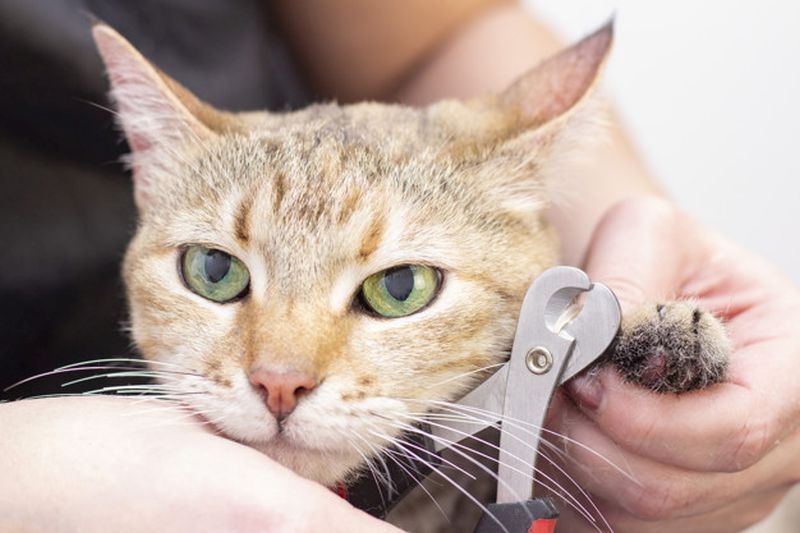
To be honest, it’s a challenging task. Outsourcing it to a professional is a better idea. But if you’re still adamant about giving a pedicure session to the kitty yourself…
You will need a claw clipper. Regular scissors won’t do the trick as you may seriously injure your pet rendering it permanently limp (!)
If you’re using a regular claw clipper, you must place it perpendicularly to the nail. In other words, cutting it from top to bottom. If you have a guillotine-type clipper, its blade must face you, not the kitty.
How to do it:
- Gently press the top of the foot and the soft claw pad at the same time.
- Trim the very tip of each claw and do not get close to the pinky vein called ‘quick’.
You also must have a special antihemorrhagic remedy at hand in case you cut the quick. The styptic powder will do the trick and seal the injured blood vessels.
Veterinarians recommend taking care of the claws before you take the kitty to the bathroom. The main reason is your own safety: a scared, unpedicured feline can scratch your face like a lottery ticket.
Note: Before the operation Pedicure begins, make sure the clipper is sharp enough. A blunt tool may turn a relatively harmless procedure into torture.
Bathing
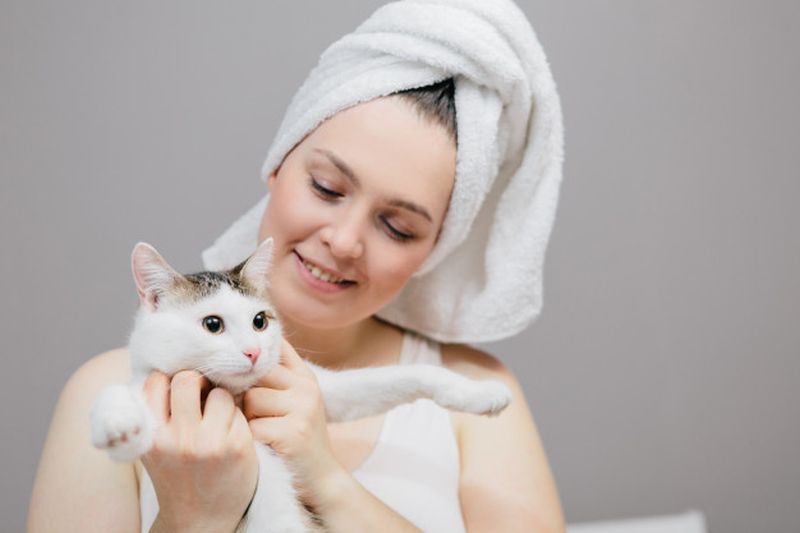
Bathing must take place at least every 6 weeks. But for every cat, this schedule should be personal. Take into consideration the fur length, your pet’s outdoor activity, etc.
Before splashing with bubbles, your kitty should get a good playtime. First, the animal will be more mellow and relaxed after a fun marathon. Second, it will have less energy to hurt you or itself.
You will need a shampoo for cats and ferrets that contains no sulfates, alcohol, and other harsh stuff. Even soap is off the table. Natural oils are your go-to and if the label says something about de-tangling fur, definitely go with it.
Before washing the cat, place a rubber mat in the tub/sink. In case your cat can barely tolerate water and resists a lot, this will prevent it from twisting a paw.
Then:
- Place cotton in the pet’s ears to make them waterproof.
- Apply a hand-controlled sprayer not to hurt the cat’s eyes or nose.
- Mix water (5 parts) and shampoo (1 part) and apply it to the cat’s coat by massaging.
- Rinse the fur.
- Wipe the cat’s muzzle with a washcloth.
- Wrap the animal with a large towel and transport it to a dry and warm place.
To make things go faster, you can also use a hair-dryer: switch it to the lowest mode. Ideally, you must also use a dematting comb — with wide teeth — to untangle the coat.
Afterwards
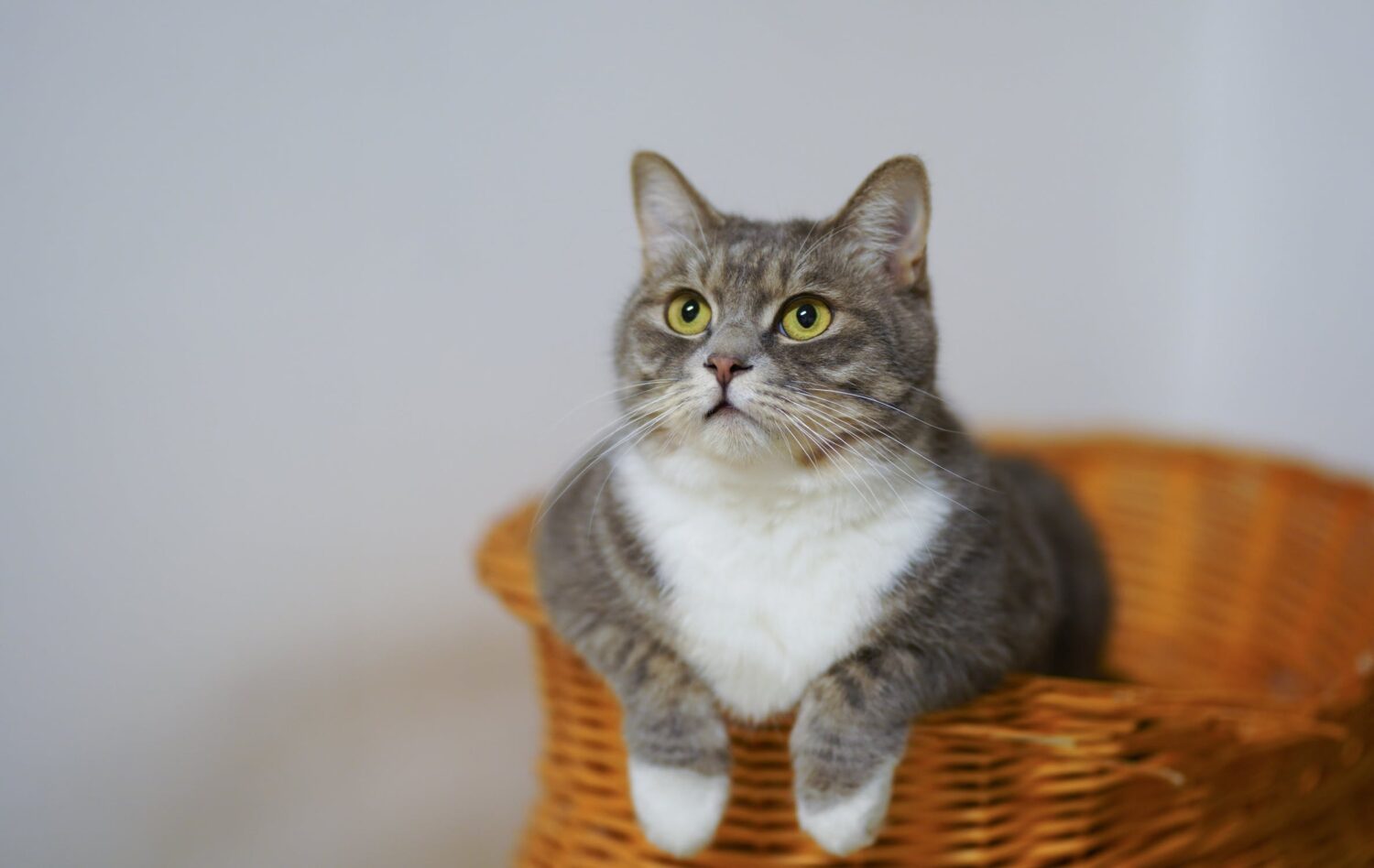
You don’t have to do all three stages in one day. But you should stick to that order. As a matter of fact, you can even start with claw clipping to minimize the risk.
Once your kitty has come through one of the circles of grooming inferno, it deserves a tasty reward. A bit of cheese, fish oil — anything delicious that your whiskery buddy favors.
Also, don’t forget to pet and talk to your little friend. The voice of the beloved owner produces a soothing effect. It’s almost like a parent —> child connection. And to get used to the ‘scary’ routine quickly, your kitty must feel safe and loved.
Clean Paws
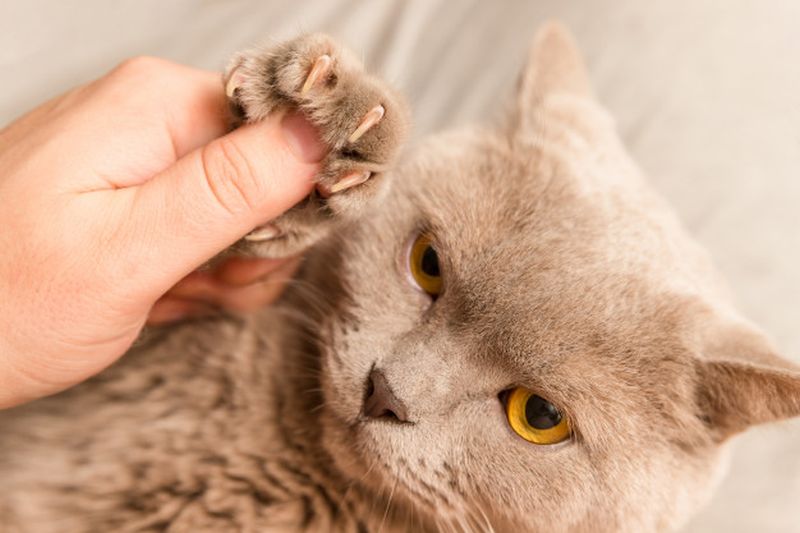
Follow our instructions and give your kitty-cat a beauty day. The kitty’s refreshed look, boosted health, and general well-being are a worthy prize to work for!



